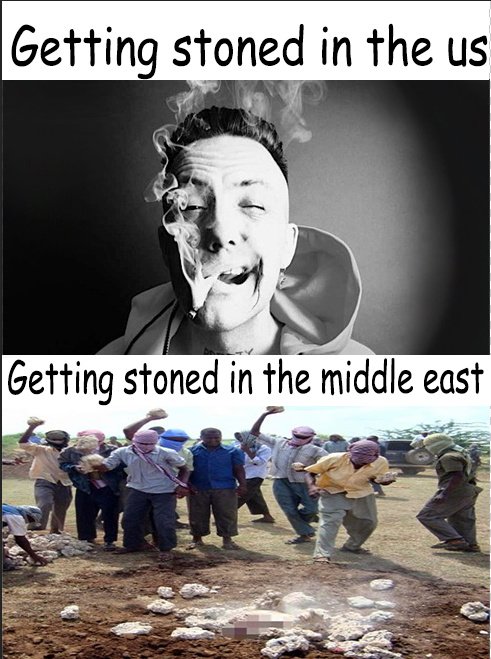Why do dark memes continue to captivate audiences despite their controversial nature? A bold assertion: Dark humor serves as a societal mirror, reflecting our collective anxieties and taboos while providing an outlet for laughter in the face of despair. In today's digital age, where content is abundant and attention spans fleeting, these memes stand out by pushing boundaries and challenging norms. They thrive on shock value, irony, and absurdity, resonating with those who find solace in laughing at life's darker aspects.
The appeal of dark humor memes lies in their ability to address uncomfortable truths through satire. These images often tackle taboo subjects such as death, mental health struggles, societal issues, and existential crises—topics that traditional comedy might shy away from. By presenting these heavy themes in a humorous light, creators invite viewers to confront them indirectly, fostering both catharsis and connection. The internet has democratized meme creation, allowing anyone with access to participate in this cultural phenomenon. Platforms like Reddit, Twitter, Instagram, and specialized websites have become breeding grounds for extreme dank memes, offering users endless streams of content tailored to niche tastes.
| Category | Information |
|---|---|
| Name | Dark Humor Memes Community |
| Origin | Internet subcultures, early 2010s |
| Key Themes | Death, mental health, existential dread, societal critique |
| Popular Platforms | Reddit (r/darkmemes), Twitter hashtags (#darkhumor), Instagram accounts |
| Notable Websites | Memedroid |
As one delves deeper into the world of dark memes, patterns emerge regarding their structure and intent. Many rely on familiar templates, repurposing iconic visuals with twisted captions designed to subvert expectations. For instance, wholesome cartoon characters may appear alongside bleak commentary, creating jarring juxtapositions that amplify comedic effect. This technique underscores the power of context manipulation within meme culture. Additionally, recurring motifs include references to historical events, pop culture phenomena, and universal human experiences—all filtered through a lens of morbid wit.
While some critics dismiss dark humor memes as offensive or gratuitous, proponents argue they serve important psychological functions. Research suggests individuals with higher tolerance for ambiguity and discomfort are more likely to appreciate such content. Furthermore, engaging with dark humor can foster resilience by normalizing difficult emotions and encouraging perspective-taking. However, it’s crucial to acknowledge potential drawbacks; excessive exposure could desensitize users or reinforce negative stereotypes if not approached critically.
In practice, communities centered around dark memes cultivate camaraderie among members who share similar sensibilities. Inside jokes develop over time, strengthening bonds between participants. Such interactions highlight how digital spaces enable like-minded people worldwide to connect despite geographical barriers. Moreover, these platforms frequently evolve, adapting to emerging trends while maintaining core elements characteristic of dark humor aesthetics.
Examining specific examples illustrates the diversity within this genre. A popular series featuring anthropomorphic representations of anxiety personifies abstract concepts into relatable forms, helping viewers articulate feelings they might otherwise struggle to express verbally. Another set critiques consumer capitalism using exaggerated scenarios depicting absurd consequences of materialism. Both instances demonstrate how effective storytelling combined with visual impact amplifies message delivery.
Despite growing acceptance, challenges remain for creators navigating ethical considerations inherent in producing dark content. Balancing edginess with respect becomes paramount when addressing sensitive topics. Missteps risk alienating audiences or perpetuating harm rather than promoting understanding. Thus, many adopt disclaimers or warnings before sharing particularly intense pieces, signaling intent and establishing boundaries upfront.
Looking ahead, technological advancements promise further evolution within meme culture. Augmented reality filters, interactive graphics, and AI-generated content offer new possibilities for innovation. As algorithms refine recommendations based on user preferences, personalized feeds ensure continuous discovery of fresh material aligned with individual tastes. Yet, as accessibility increases, so too does responsibility—to wield creative freedom thoughtfully while honoring diverse perspectives represented across global audiences.
Ultimately, dark memes reflect broader shifts occurring throughout contemporary society. Their prevalence signals increasing comfort levels discussing once-forbidden subjects openly online. Through shared laughter, even amidst discomfort, connections form capable of bridging divides traditionally deemed insurmountable. Whether viewed as harmless entertainment or profound social commentary depends largely upon interpretation—but there’s no denying their influence continues shaping modern discourse in meaningful ways.



